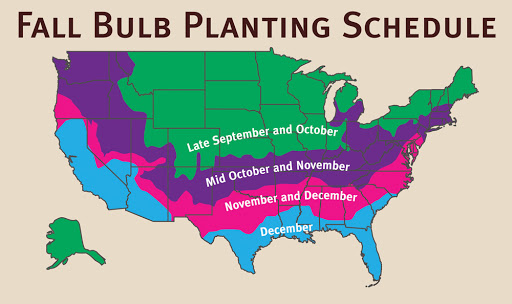Over 100,000 daffodil bulbs have been planted in the City of White Plains since 2014 when White Plains Beautification Foundation started The Daffodil Project. With the expertise of Walter & Chris Ruigrok from A.D.R. Bulbs our public spaces have dazzled with daffodils. A.D.R. offers a wonderful range of choices and excellent quality bulbs at competitive pricing, and supported by excellent customer service. WPBF values its long-standing relationship with A.D.R. Bulbs.
Joanna Daddario
, White Plains Beautification Foundation
« Previous Plant | Next Plant »
Crocus Species 'Blue Pearl'
Crocus
Crocus chrysanthus 'Blue Pearl' reaches 3 to 4 inches tall, featuring luminous, soft blue petals that fade to creamy white at the edges. A bronzy yellow base and deep golden throat add warmth to its delicate coloring, creating a subtle yet striking early-spring display. This compact, clump-forming variety thrives in full sun to part shade and prefers well-drained soil.
Ideal for naturalizing, rock gardens, borders, and lawns, it is deer-resistant and reliably returns year after year. Flowers open only in bright light, closing at night or on cloudy days.
Crocus Calculator
When should I plant Crocus Species 'Blue Pearl'?

Growing and Maintenance Tips for Crocus Species 'Blue Pearl'
Planting: Plant species crocus corms in fall, about 3 inches deep and 2 to 3 inches apart, with the pointed end facing up. They naturalize well, so choose a spot where they can spread over time.
Location: Full sun is ideal, especially in early spring before deciduous trees leaf out. They also perform well in light shade.
Soil: Well-drained, moderately fertile soil is best. Sandy or loamy soils are ideal; amend clay with compost or grit.
Watering: Water after planting and during active growth in late winter and early spring. Once dormant, they require little to no water.
Temperature: Hardy in USDA zones 3–8. No winter protection needed in most climates.
Fertilization: Apply compost or a low-nitrogen fertilizer in early spring as growth begins.
Pruning: Allow foliage to die back naturally after flowering to nourish the corms for next year.
Propagation: Naturalizes easily by offsets and seed. Divide clumps in summer when dormant if overcrowded.
Pest & Disease: Generally pest-free and deer-resistant. Rodents may dig up corms—planting with gravel or using deterrents can help.






Check back soon for additional details.